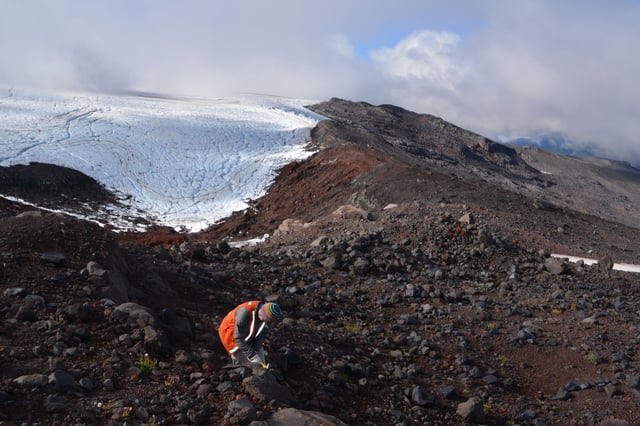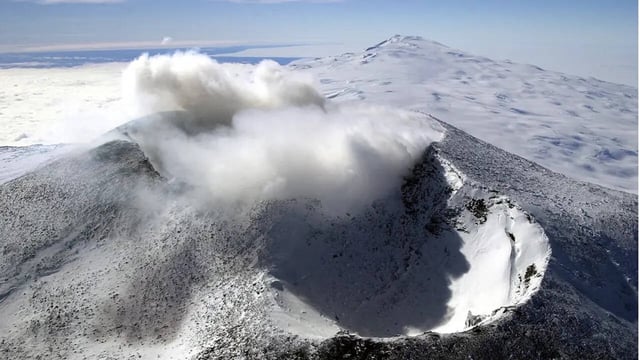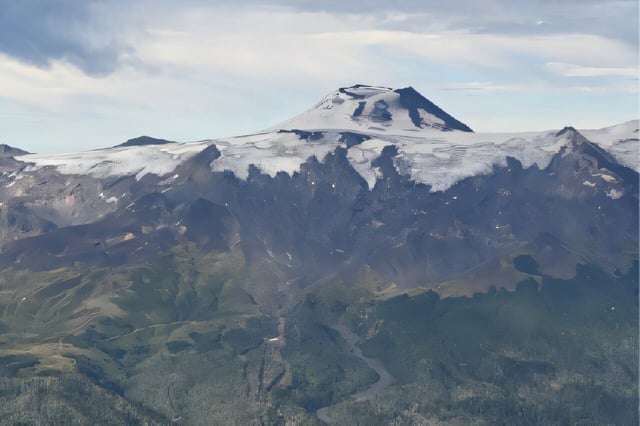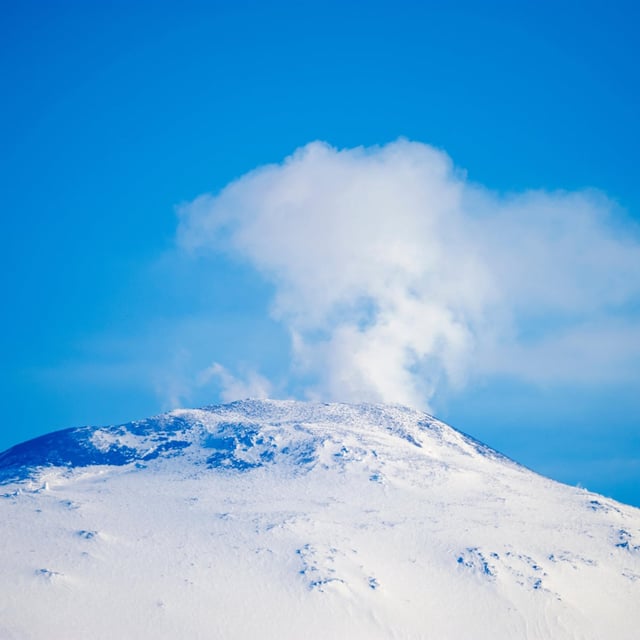Overview
- Researchers applied argon dating and crystal analysis to six Chilean Andes volcanoes to reconstruct how past ice-age advances and retreats shaped magma storage and eruption intensity.
- The team found that rapid deglaciation removes overburden pressure on deep magma chambers, causing gas expansion that triggers more frequent and explosive eruptions.
- These results extend observations from Iceland to continental settings and highlight the potential awakening of hundreds of subglacial volcanoes, especially under Antarctic ice.
- Scientists note a centuries-long lag between ice-mass change and volcanic response, offering a critical window for enhanced monitoring and early-warning systems.
- While eruptions can inject cooling aerosols into the atmosphere, repeated volcanic activity may drive long-term warming through cumulative greenhouse gas emissions.



